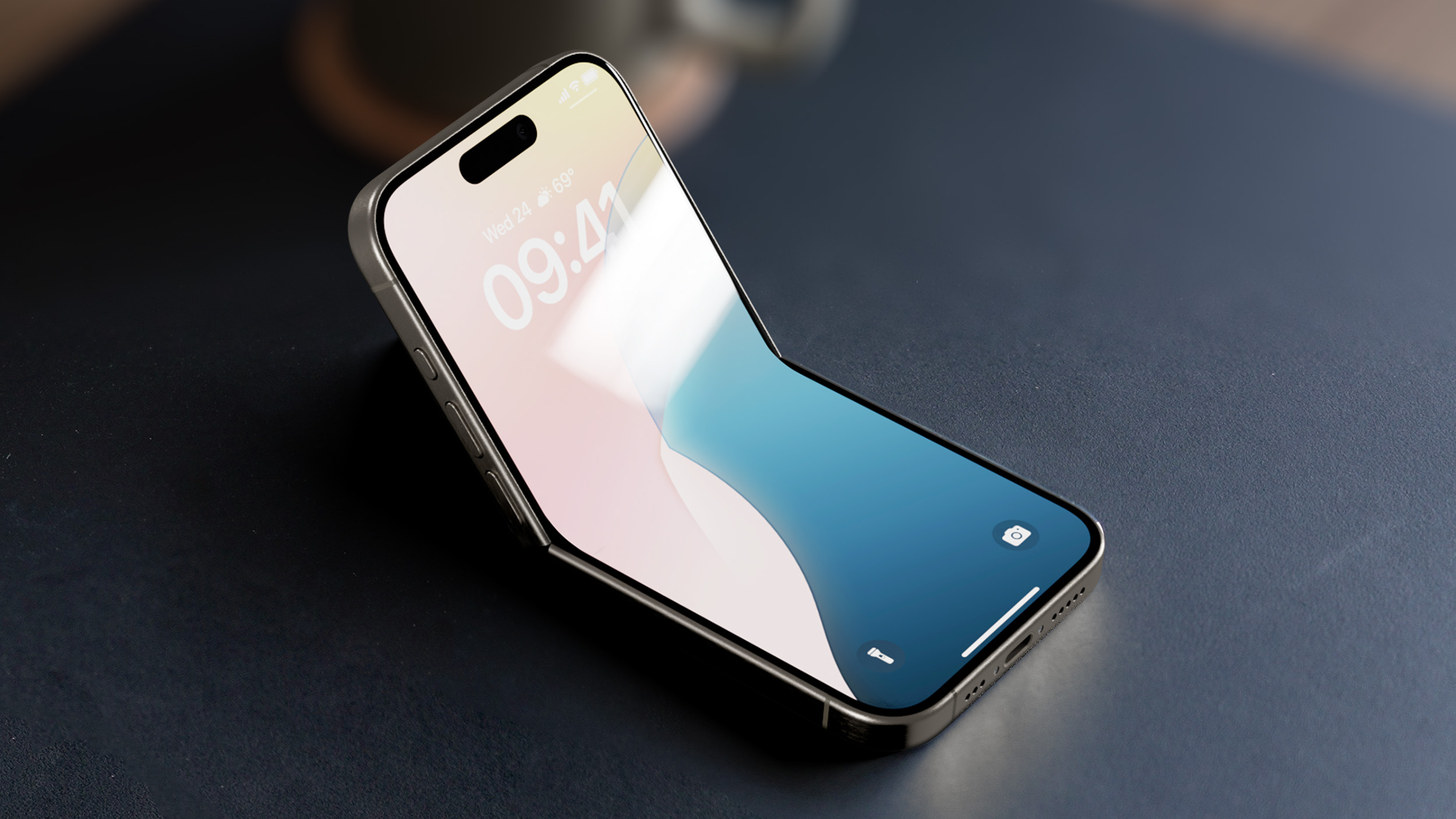Citroën ë-C4 review: Crossover coupe that’s comfortable to the core

There’s a little thing in the car world called CMP – Common Modular Platform. While you won’t see it, it’s underpinning a number of cars coming from the PSA group – Citroën, Peugeot, Vauxhall, DS Automobiles, and for those in Europe, Opel.
That’s why you’ll find a number of cars with what look like similar specifications on the road, while the bodywork is all different. Basically, it’s different flavours of the same ice cream. The ë-C4 being Citroën’s flavour of this electric car. So just how tasty is it?
Design
Sitting in the crossover segment, the Citroën ë-C4 – and the combustion C4 versions – look to offer something a little different in terms of design. The C4 has always been slightly playful – we’ve seen the Picasso and the Cactus in previous years – and here we have coupe stylings, rather than just being another hatch.
We’ll come right forward and say that we like this design. It’s fresh and it’s different, the front half of the car swirling in some of the design elements we’ve seen from Citroën recently – with coloured trims and sculpting – while the rear drops off giving you a split rear window that’s reminiscent of the C4 Coupe of yesteryear.
This big coupe design has often been the preserve of German premium marques – Mercedes, BMW and Audi have all made SUVs with coupe styles in recent years. Adding Citroën to this list makes a lot of sense: this isn’t just another C segment hatchback and it’s all the better for it.
What’s missing is a full glass roof – there’s a sunroof on the options list (it’s £800 in the UK) – but we can’t help feeling that with a glass roof this car would be even nicer in the interior.
The move to that faster coupe style back brings with it a couple of points to note. The rear window has a horizonal split, with a trailing spoiler on the exterior and that does cut across your rearview vision slightly, although we think Citroën should have taken the glass higher up the back to give better rear vision.
That also means you don’t have the same standing height in the 380 litre boot that you might in a regular hatch design, but it’s slightly deeper – larger than the DS 3 Crossback E-Tense – and potentially more usable as a family car as a result.
At the same time, adding that split allows Citroën to keep the e-C4’s roofline slightly higher, meaning that interior space isn’t compromised and does give for an interesting design.
While it looks great, there are some minor quality concerns. The boot lid, for example, needs a really good slam and it just feels as though it’s not quite as substantial as you’ll find elsewhere.
A comfortable interior
Citroën puts a focus on comfort and the interior is a truly comforting space. There’s reasonable space in the front, while the interior gives respectable headroom for the rear passengers.
| collection: | interior |
Comfortable seats get a cloth finish, leaving the leathers aside for the sake of affordability. There are touches of leather through the cabin, but the predominance is for hard- and soft-touch plastics. That lacks the premium feel that you’ll find in the DS 3, for example, but it doesn’t look cheap and has the attraction of being easy to clean.
There are colour details – with inserted blue stripes to remind you you’re in an electric car, while the only part we find that lets the side down is the glossy black plastics on the centre console. Gloss black leads to fingerprints and dust which always seems to be visible – you’ll be forever cleaning it.
The layout of the interior is similar to the DS Automobiles equivalent – you can see that these cars are related – although Citroën has minimised many of the controls. There’s a full spread of aircon dials and buttons, but other functions controlled though the display lack direct access buttons.
There’s a home button and a button by the electronic brake toggle for the electric stats screen – but radio, satnav and other functions all require you to punch the home button and then use the on-screen control. That means you’re often having to press a number of buttons to use these functions.
There’s also a mite more convenience than the DS layout which puts all the window controls in the centre of the car – the Citroën leaves them on the door, which we think is sensible.
The c-ë4’s interior display sits nice and high on the dash for easy visibility. And although the driver display is a little small, the head-up display (HUD) adds a touch of class.
What you really take away from it, however, is the comfort. There’s plenty of space in the front and you’ll fit adults in the rear too, with enough headroom for taller passengers.
There’s a false floor in the boot, but we like the fact that you can drop it to gain the maximum storage space – or keep it in place to keep your charging cables out of sight.
Talking about technology
The Citroën ë-C4 is reasonably well appointed with technology, but as we hinted at above, its biggest failure is in the lack of controls.
There’s a 10-inch display in the centre of the car, mounted on the top of the dash, so most of the interaction will be via touch. There’s a slight frame to it, like a shelf along the bottom edge, which gives you somewhere to rest your hand while tapping away – which makes it more usable.
| collection: | tech |
The downside is that there are only a couple of physical buttons: the home button, which takes you home; a car button, which takes you the vehicle settings (which you’re unlikely to change once you’ve setup the car the first time you drive); and an electric button, which takes you through to see some of the electric stats, but little else.
Outside of this, you can scroll through pages, like the radio stations, using the steering wheel controls, but there’s no other direct controls via other buttons. Instead, you have to use touch – and often you’ll have to press the home button and then select what you want – navigation for example. There’s not even a home button on the display, so it’s a multitude of presses no matter what you want to get done.
That sours the experience slightly and really takes away from what is otherwise a decent offering. It’s in stark contrast to the DS 3 Crossback E-Tense which has massive buttons for every area. We can’t help feeling that somewhere between the two would be the more practical system.
Regardless, Citroën covers the basics pretty well, focusing on radio, navigation and calling. There’s support for Apple CarPlay and Android Auto via the USB connections, while the top trim will also give you a Qi wireless charger for compatible devices.
The navigation, visually, is ok, but the search isn’t very good. It’s just too hard to get to the essentials – like car charging stations. This should be front and centre on the satnav app, but buried in points of interest, somewhere after local helipads and other nonsense you’re never going to need to navigate to.
The Citroën ë-C4 offers essentially the same information as the DS 3 E-Tense under its electric button – that’s a flow diagram showing the battery power driving the wheels, or a bar chart showing average consumption across recent trips. At least Citroën is using a scale that works, so you can see if you’re driving more or less efficiently than previously – but still, compared to the data you’d get from the Kia e-Niro, it just feels like it should be trying harder.
The ë-C4’s driver display doesn’t offer customisation and is on the small side, but we’re not hugely worried about that – it does the job well enough in cahoots with the HUD.
While we’re also talking tech, there’s one downside to all that plastic in the door panels: it can’t really handle stronger bass from the standard speakers, so if your music gets a bit heavy, the performance isn’t that good and you’ll get some vibration back from it.
Citroën also offers a voice command system. This can get around some of the problems: you an just ask for the radio station by pushing the button on the steering wheel. However, once you’ve hooked up Android Auto and found that the same button will also support Google Assistant, you’ll likely never use the native system again.
The ë-C4 is also hiding a small surprise for tablet users, with a mount for tablets on the dashboard. Pop open the drawer and you’ll find a cover with a privacy screen in the front, which will accommodate a range of tablet sizes, but it’s mostly built around normal iPad sizes.
| collection: | ipad mount |
Once your tablet is on the cover, you’ll be able to attach it to the dash on a mount so the passenger can watch at leisure, the privacy screen ensuring that the driver isn’t distracted. It’s great because it all neatly hides away when not in use.
Overall, it feels like there are some easy improvements to be made here. The lack of direct controls and the lack of home button within the touch system just makes eveything more fiddly than it could be.
Drive, range and performance
The starting point for Citroën is comfort. The Citroën ë-C4 wafts over broken roads and speed bumps rather more majestically than many comparable models which are setup with suspension so firm it will knock your teeth out when you hit a pothole. Instead there’s a sense of tranquillity: it’s soft, quiet, comfortable – actually a nice place to be without the boneshaking adrenaline of pretending you’re a rally driver.
The important core specs of this car will sound familiar if you’re looking at cars in this segment. As we said in the opener, there are various flavours, so the 50kWh battery and 100Kw motor (136hp) will come as no surprise.
Yes, that’s not a huge battery and this is the thing that separates the Citroën ë-C4 from the likes of the Kia e-Niro (with its 64kWh battery) and longer range, or the likes of the cheaper Mini Electric (with its 32.6kWh battery) and shorter range.
Citroën says you’ll get 217 miles range from it (that’s the WLTP measure), but we found it easy enough to average 4.6-miles-per-kW, which comes in at 230 miles. More carefree driving might see that drop to around 170 miles from an average around 3.6 miles per kW, which is what we got in typical runs to the supermarket and other suburban chores – exactly what we expect this car to be doing.

The absolute range will of course vary based on all sorts of factors – how you drive, the conditions you’re driving in – but with support for 100kW charging, you’ll soon be back on the road.
There are three driving modes – eco, normal, sport – each changing the drive slightly as their names suggest. After playing with the faster sport mode, we settled into eco, which gives better lift-off regeneration than the normal mode so it’s closer to one-pedal driving – although you can’t bring it to a complete halt without using the brake.
In addition there’s the option of both D (drive) and B (battery) modes, the latter again making the car a little more economical. It’s slightly irksome that to engage B mode you have to press a button, but to select D you just move the drive selector. Again, it’s hard to fathom why that additional step was added.

The steering is light, with indicators for close front obstructions and a useful reversing camera to help you get into those tight charging spaces. It’s an easy car to manoeuvre and the visibility and road positioning is generally very good, even with that slight rear obstruction due to the split rear window. You can get a complete 360 vision system (£350 on the options list), though, which is a nice addition.











